Nvidia GeForce RTX 2080 Ti and RTX 2080 Founders Edition Reviews
September 19, 2018 | 14:00
Companies: #nvidia
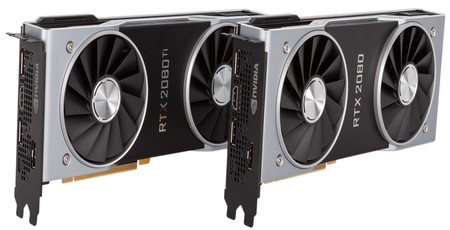
The New Founders Edition Cards
Most of what we say in this section applies to both cards; we’ll highlight where that’s not the case. The new Founders Edition cards are the same size as we’re used to: 267mm long, dual-slot, and not really any taller than a standard expansion card. This makes them suitable for a wide range of cases.
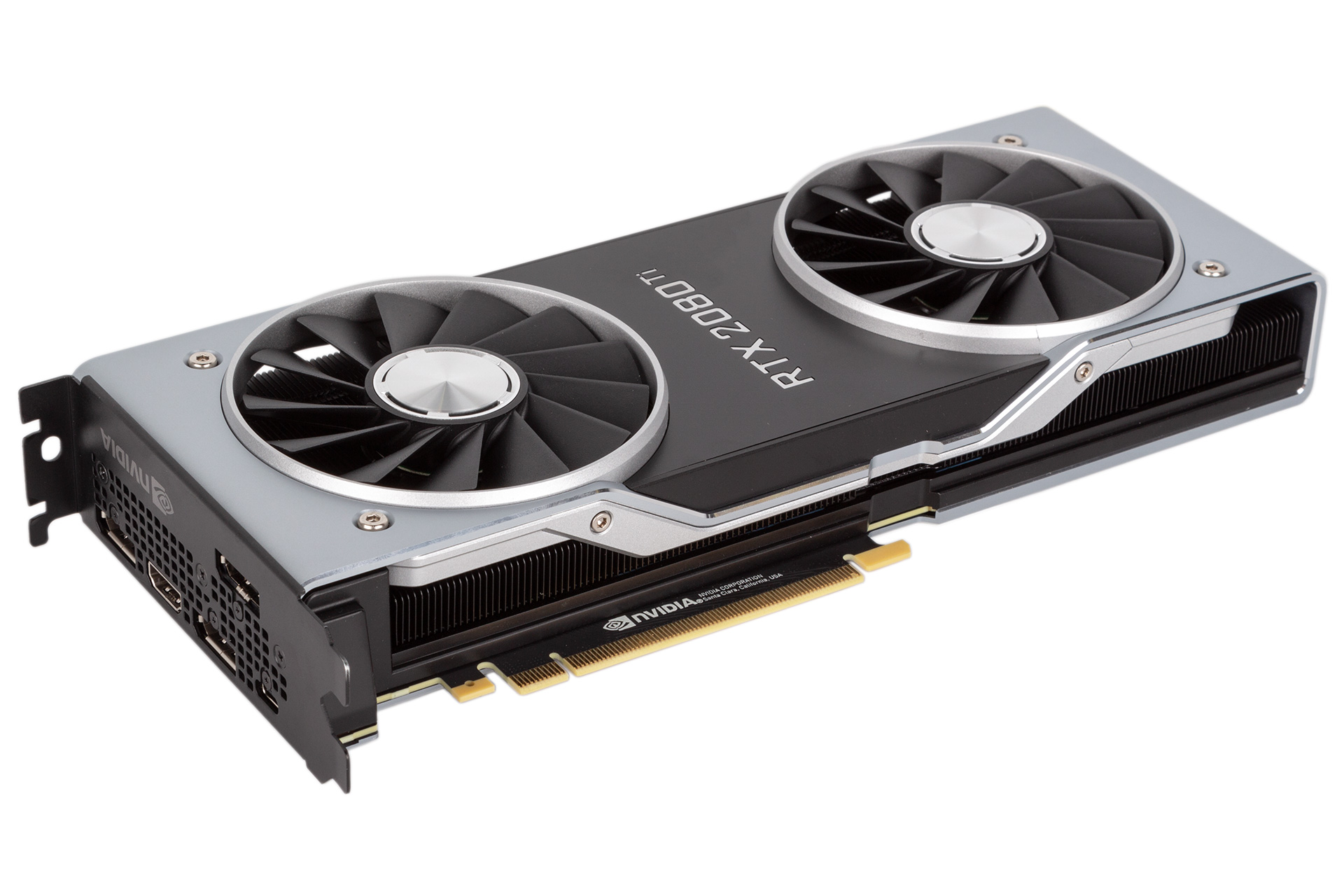
Handling the cards, the initial shock is just how heavy they are; these things ooze construction quality with their copious aluminium and are solid in a way that few products are. Standard caveats regarding subjectivity aside, we also think they look awesome – the curvature of the metal and the silver backplate are particular highlights. Nvidia’s trademarked green LED-lit GeForce logo returns, but in the era of RGB it’s important to note that software allows for this to be switched off, thus leaving the silver and black colour scheme completely neutral.

The NVLink connector that’s used for SLI has a nifty cover, so the sleekness is maintained for single-GPU users. Note that the RTX 2080 Ti has two NVLink 2.0 links for 100GB/s total bandwidth, and the RTX 2080 has one and thus 50GB/s.
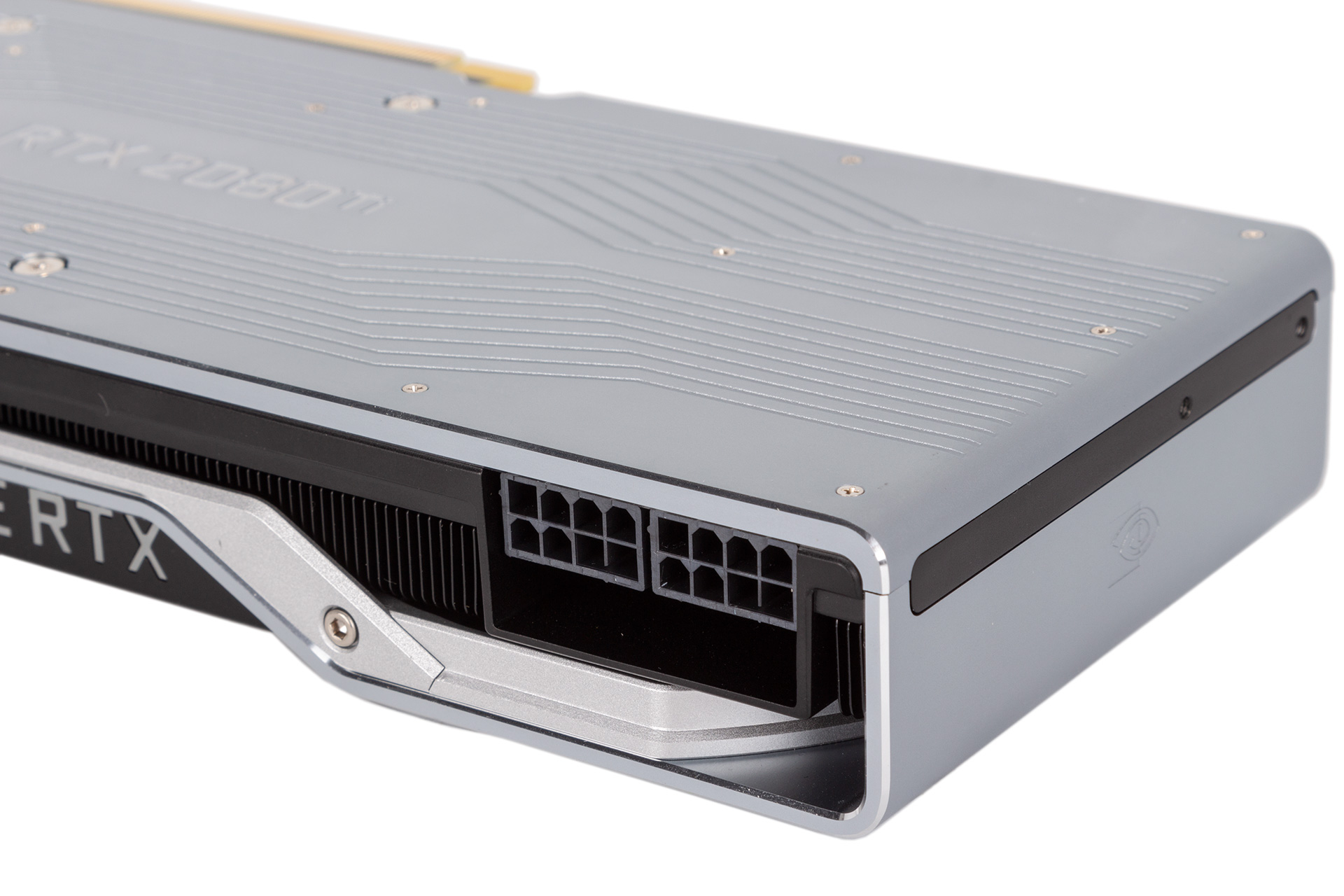
Power inputs are found along the top edge, and with dual eight-pin headers on the RTX 2080 Ti and a six-pin/eight-pin combo on the RTX 2080, both cards have plenty of available headroom compared to their TDPs.

A trio of DisplayPort 1.4a headers is joined by a singular HDMI 2.0b port and one USB Type-C connection that supports the open VirtualLink standard that can carry power (up to 35W, not accounted for in the TDPs), data, and video to VR headsets over a single cable. Both cards also support G-Sync HDR via the DisplayPort headers.
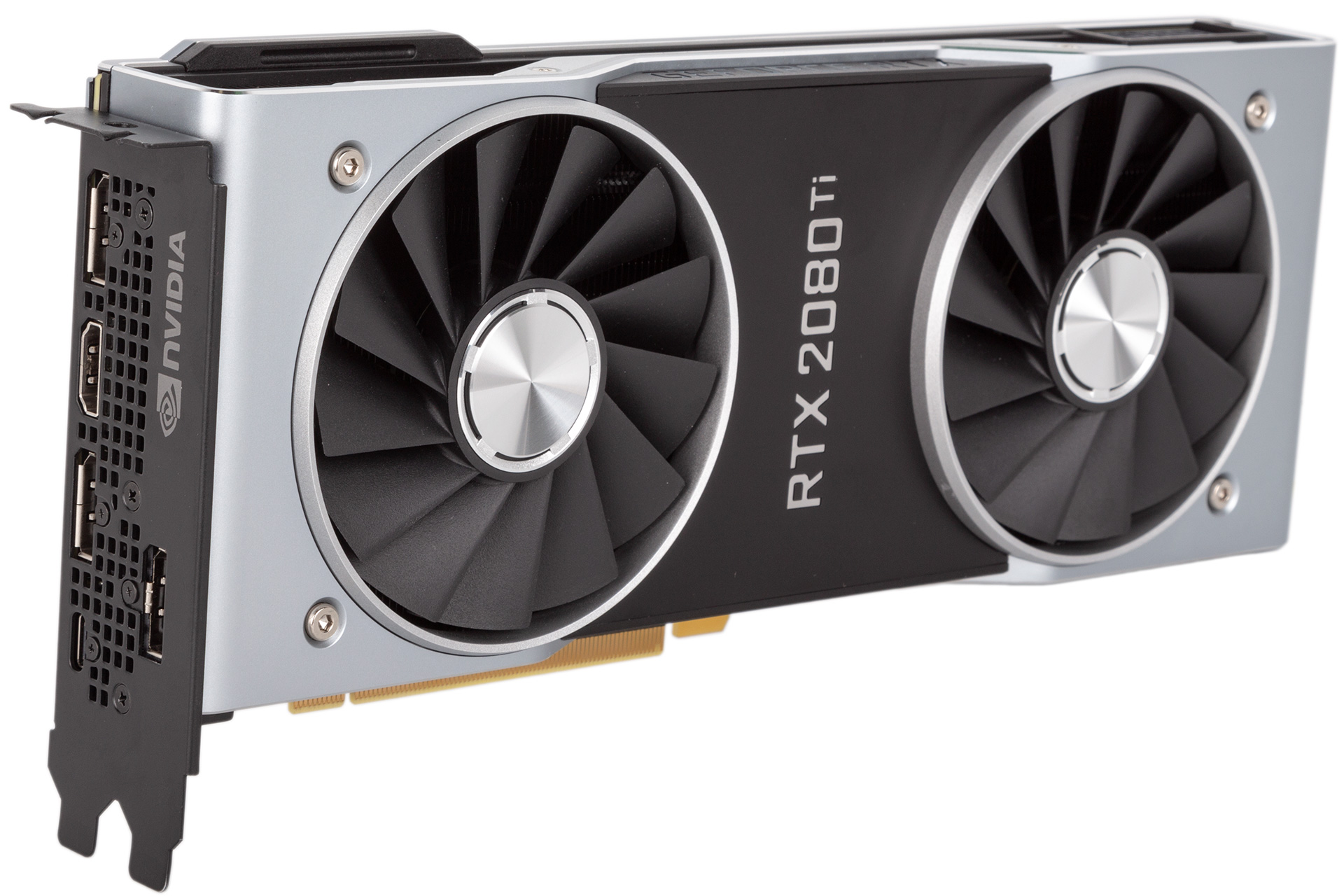
For the first time, Nvidia is using two fans for its in-house GPU design. Specifically, we have a pair of 13-blade axial fans, each powered by a three-phase motor that Nvidia claims limits vibrational noise. The GPU shroud is open on both sides, and it’s out of these sides where most warm air will be dumped thanks to the orientation of the heatsink fins. This basically means it’ll end up recycled within your chassis, so you’ll want to make sure your exhaust airflow is decent. Note that the fans are not semi-passive and cannot be disabled like they can often be on third-party designs.
The cooling solution is what’s responsible for the bulk of the weight. Nvidia uses a full-length vapour chamber to cool the GPU, with contact made using thermal paste on a baseplate with embedded heat pipes. The design also incorporates a massive metal contact plate which, via a large array of thermal pads, makes direct contact with the memory modules and important power circuitry. In a similar fashion, the unibody backplate is fitted with numerous pads behind core components so as to dissipate heat. The aluminium fins run from the very front of the card to the very back and are tightly packed. The use of space here does seem to be very efficient, and Nvidia is clearly looking to get as much from the dual-slot form factor as possible.
On the flagship unit, Nvidia moves from seven power phases to a whopping 13 thanks to a new iMON DrMOS power supply. The less power hungry RTX 2080 is still beefy with eight phases feeding the GPU. Meanwhile, the GDDR6 memory is served by three dedicated phases on the RTX 2080 Ti (13+3 total) and two on the RTX 2080 (8+2 total). The power supplies utilise a new dynamic power management system than can regulate at the sub-millisecond level. Meanwhile, efficiency, which has benefits for overclocking, heat, and noise, is improved by the ability to dynamically switch to fewer phases in low load scenarios where that tends to be more efficient, as illustrated by the chart below.
Overall, we can’t really find anything to dislike about the new Founders Edition cards. They’re built like tanks, look great, and are compact.

MSI MPG Velox 100R Chassis Review
October 14 2021 | 15:04

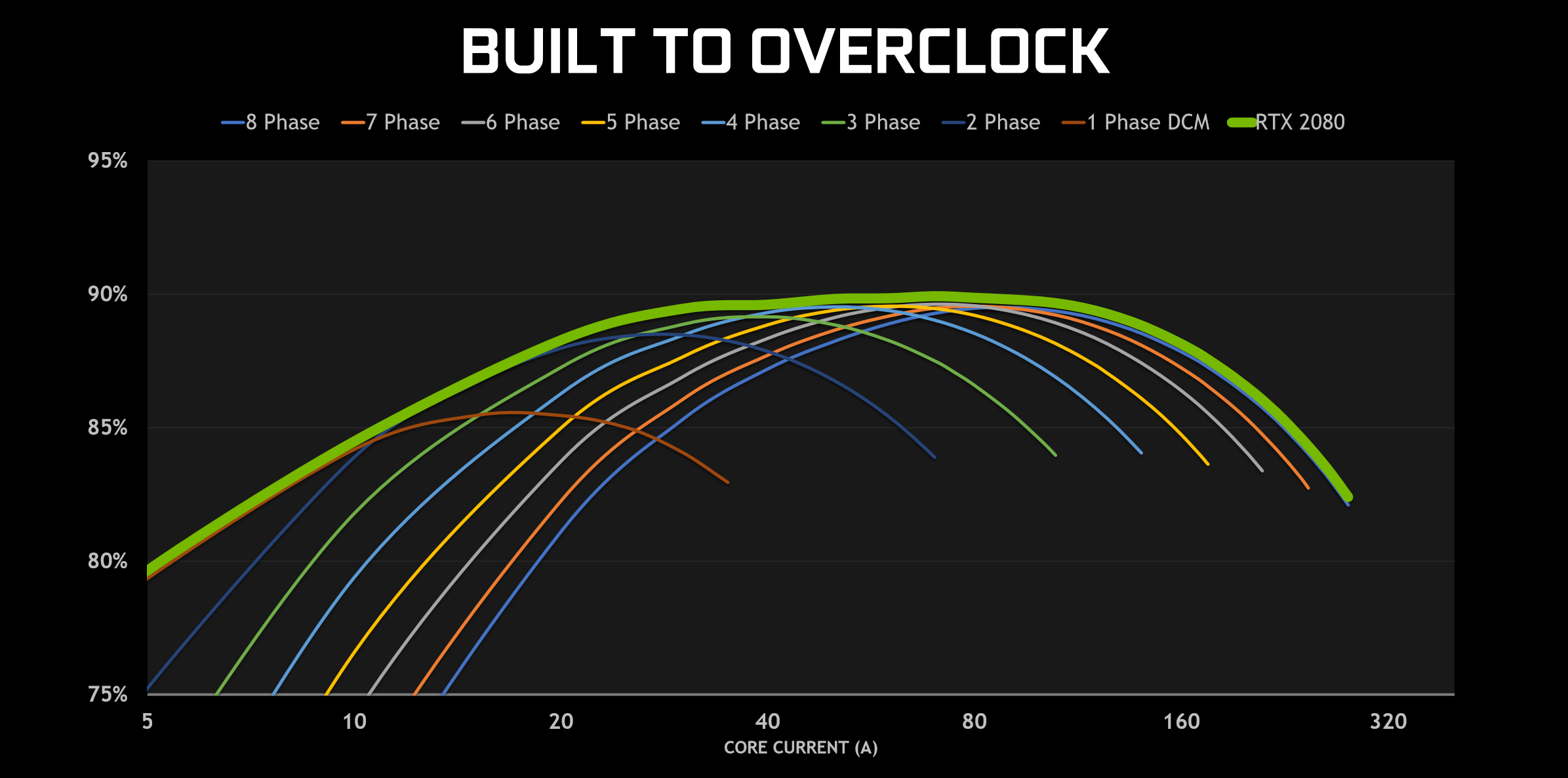

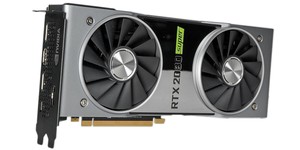
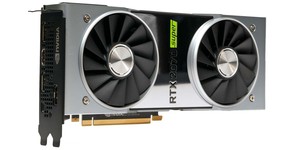




Want to comment? Please log in.